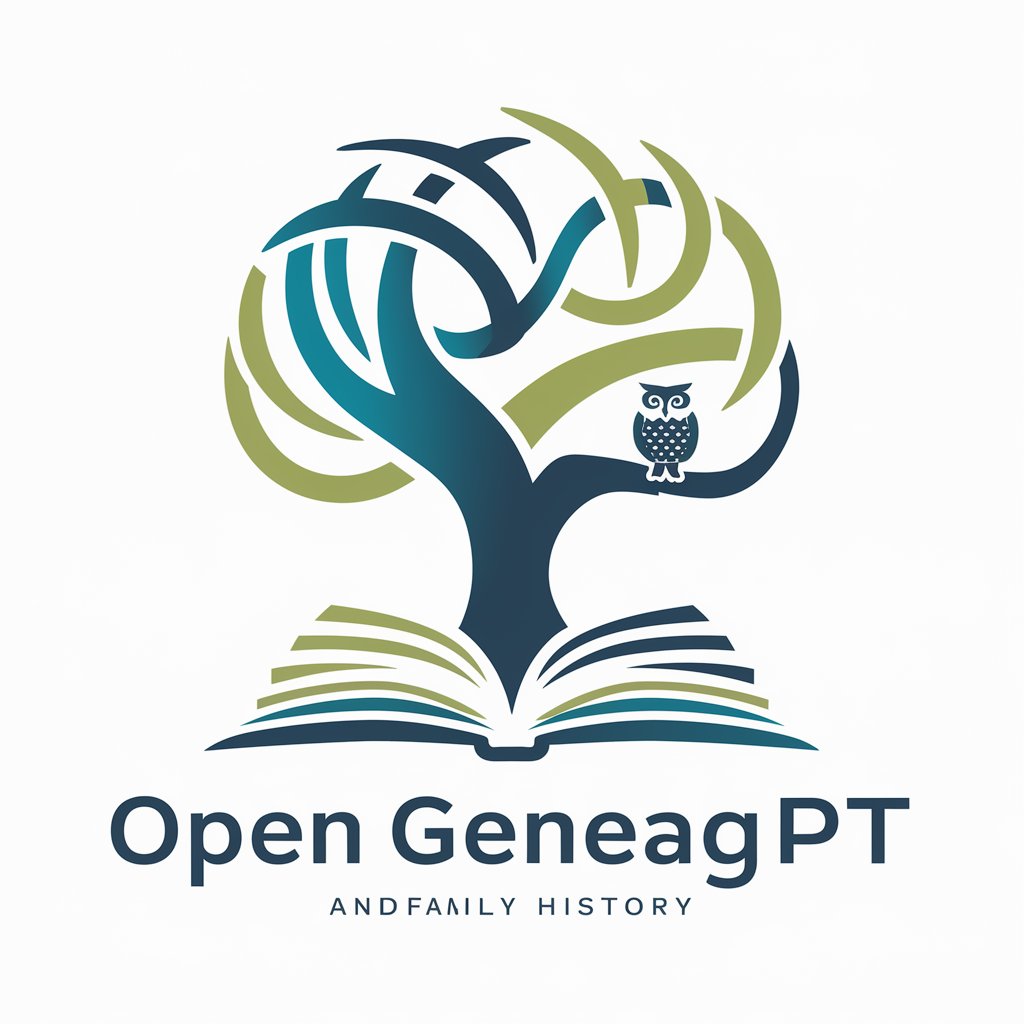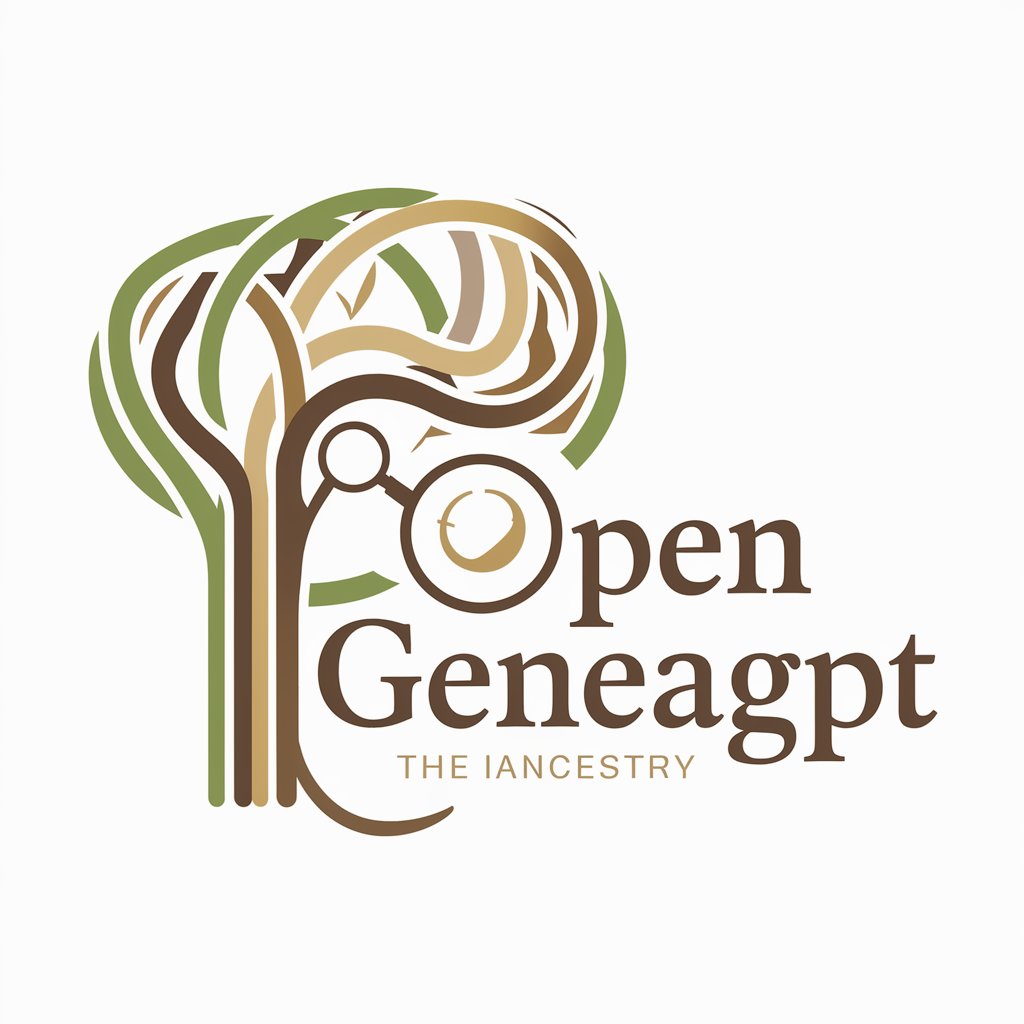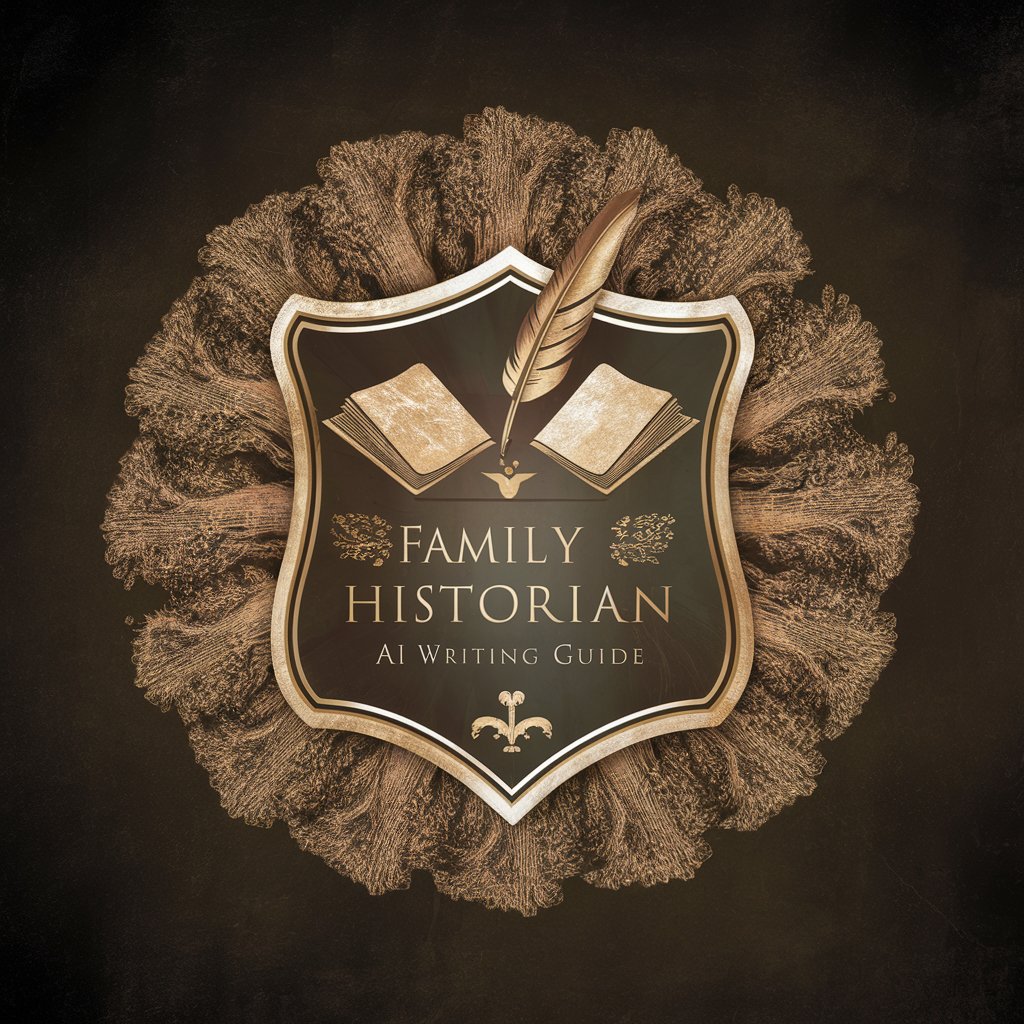
AI for Family History Research - AI-Powered Genealogy Assistant
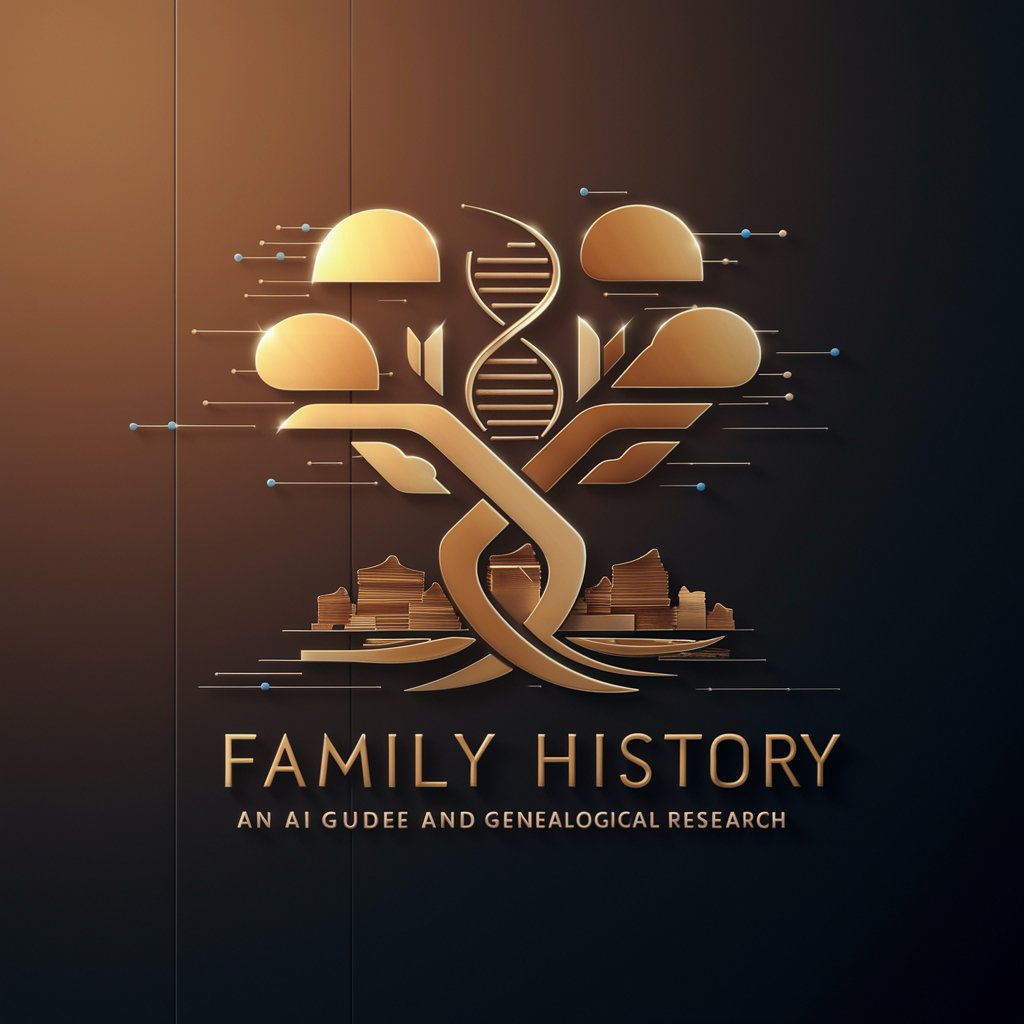
Welcome! Let's explore your family history together.
Unravel Your Ancestry with AI
Can you help me find records for my ancestors who lived in the 19th century?
What are some strategies for breaking through genealogical brick walls?
How can I interpret my DNA test results in the context of my family history?
What are some lesser-known databases for researching genealogy in Europe?
Get Embed Code
Introduction to AI for Family History Research
AI for Family History Research is designed as a specialized guide to assist individuals and professionals in exploring, documenting, and understanding their ancestry and genealogical roots through advanced artificial intelligence technologies. Its core functionality revolves around providing insights, strategies, and access to a vast array of genealogical records and databases. This AI tool is adept at interpreting complex data, such as DNA test results, and can navigate through a multitude of historical records, identifying potential connections and offering hypotheses on lineage and familial relationships. An example scenario includes analyzing DNA data to suggest potential ethnic origins and connecting these findings with historical immigration records to pinpoint ancestors' movements. Another scenario involves using natural language processing to decipher old handwritten documents, extracting valuable genealogical information that may have been previously overlooked or deemed indecipherable. Powered by ChatGPT-4o。

Main Functions of AI for Family History Research
Genealogical Record Analysis
Example
Deciphering handwritten census records from the 19th century to extract family names, occupations, and residences.
Scenario
A user uploads an image of a handwritten census record; the AI applies optical character recognition (OCR) and natural language processing to interpret the text, cross-references the information with other historical records, and provides a detailed report on the family's composition, socio-economic status, and potential relatives.
DNA Data Interpretation
Example
Analyzing DNA test results to identify ethnic backgrounds, potential relatives, and ancestral origins.
Scenario
A user inputs their DNA test data, and the AI compares it with vast databases of genetic information, offering insights into the user's ethnic makeup, suggesting regions of origin, and potentially connecting them with unknown relatives who share significant genetic markers.
Historical Contextualization
Example
Providing historical context to family stories or records, such as the impact of major events on family movements.
Scenario
A user presents a family lore of migration during a specific period. The AI cross-references this period with historical events, such as wars or economic downturns, offering a narrative that contextualizes the family's movements in response to these events, thereby enriching the user's understanding of their ancestors' decisions and challenges.
Ideal Users of AI for Family History Research Services
Genealogy Enthusiasts
Individuals with a keen interest in tracing their family history and understanding their roots. These users benefit from the AI's ability to sift through vast amounts of data, identify connections, and interpret complex documents, which can significantly accelerate their research process and provide new insights into their ancestry.
Academic Researchers
Scholars and students focusing on historical, anthropological, or sociological studies who require detailed analysis of genealogical data to support their research. The AI's capacity to analyze and contextualize genealogical and historical data can provide valuable insights and aid in the formulation of research hypotheses.
Professional Genealogists
Experts who conduct genealogical research for clients or institutions. These professionals can leverage the AI to handle large datasets more efficiently, break through research 'brick walls,' and enhance the quality of their reports with detailed analyses and contextual information, thus offering more value to their clients.

Using AI for Family History Research
1
Begin by visiting yeschat.ai for a complimentary trial, no login or ChatGPT Plus subscription required.
2
Prepare your family history data, such as names, dates, and locations, for input to optimize AI's search and analysis capabilities.
3
Utilize AI tools to analyze DNA test results, identifying genetic matches and potential relatives.
4
Leverage AI to sift through historical records, census data, and archives, pinpointing relevant information swiftly.
5
Engage with AI's advanced language models to interpret old documents, translate non-native languages, and understand historical contexts.
Try other advanced and practical GPTs
Ethical Enquirer
Navigating Ethics with AI Power
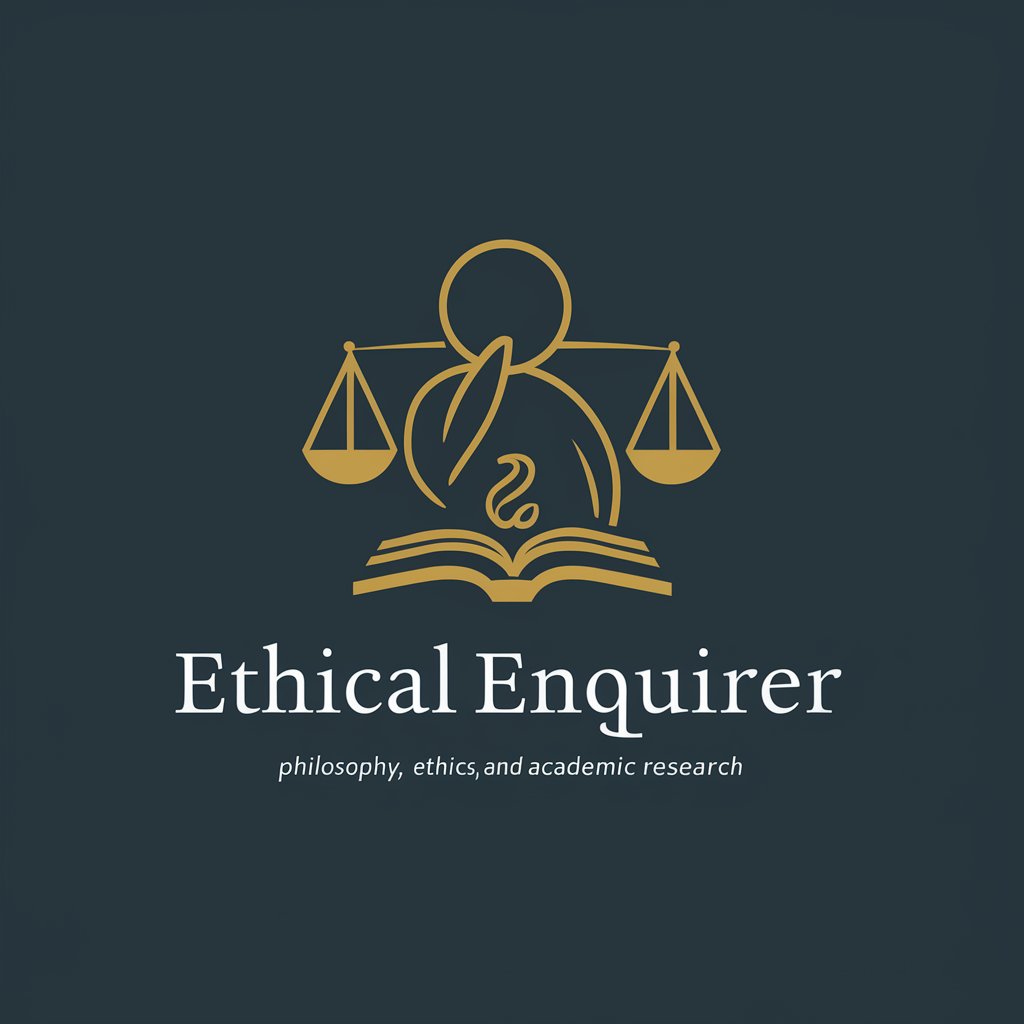
Blockchain GPT
Empowering Blockchain Intelligence

Color My Life
Transform moments into creative coloring adventures.

My Friend Atom
Bringing Science to Life with AI

Prompt Refinement Expert
Enhance Your Prompts with AI

Contracts
Streamlining Contract Management with AI
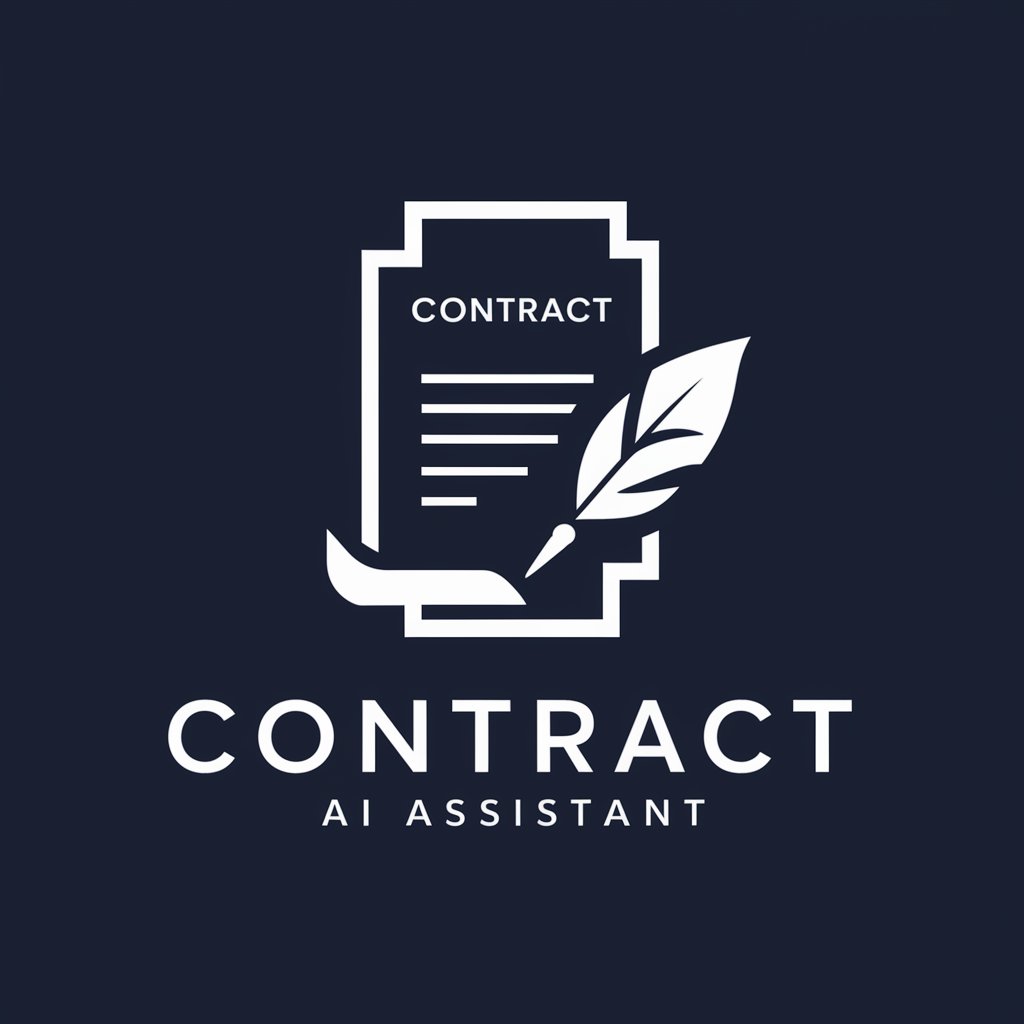
Infrared Visionary
Elevate your imagery with infrared insights.

Content Machine
Empowering Creativity with AI
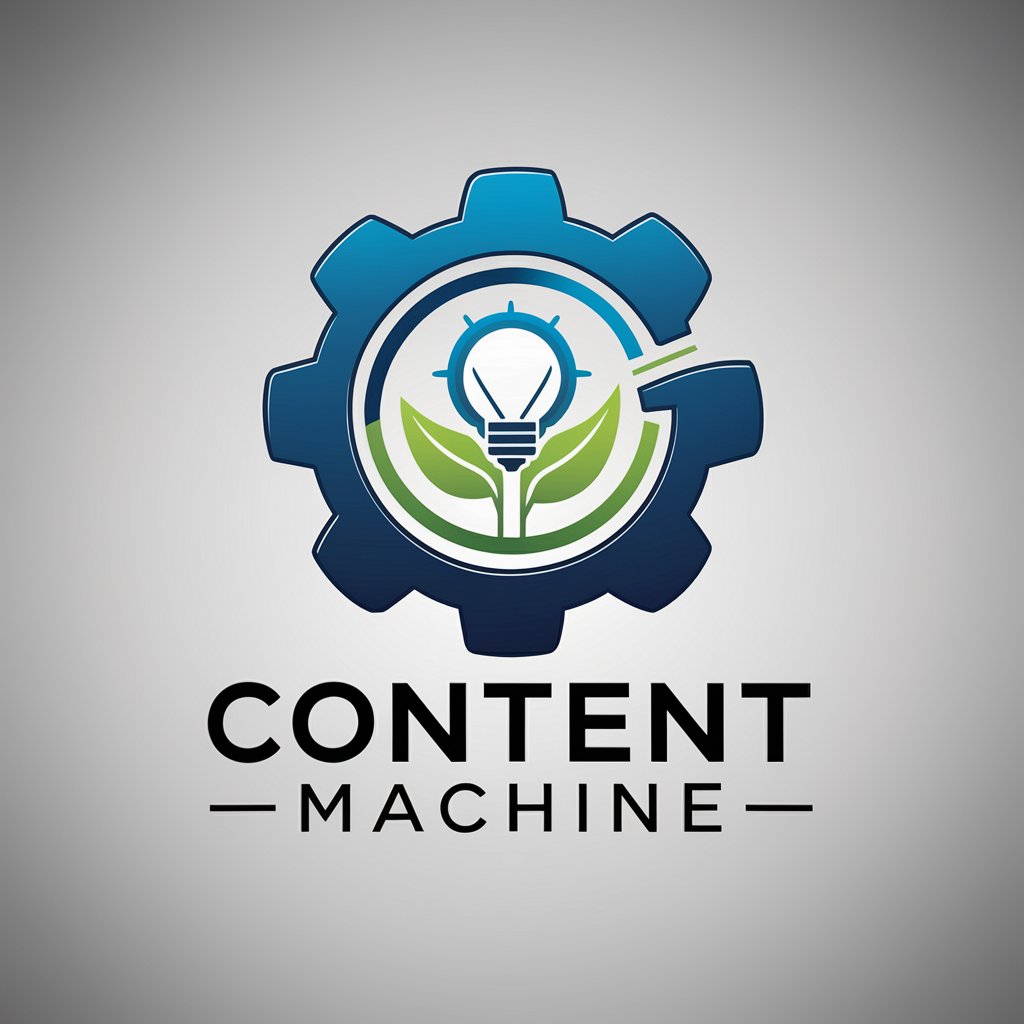
ADA Chatbot
Empowering ADA Compliance Through AI

Buzzword Blender
Elevate Your Text with AI-Powered Buzzwords

Copywriter best in the world
Craft Perfect Copy with AI

Broadcast Virtuoso
Visualize and Craft Your Broadcasts with AI

FAQs on AI for Family History Research
How can AI assist in overcoming genealogical 'brick walls'?
AI can analyze vast databases to find elusive connections, suggest alternate spellings of surnames, and identify historical record anomalies that may break through 'brick walls' in your research.
Can AI help interpret old handwriting in family documents?
Yes, AI technologies are equipped to decipher old handwriting, translating it into readable text and helping to understand historical documents more effectively.
Is AI effective in solving complex family structures?
AI can efficiently analyze complex family trees, identify relationship patterns, and suggest potential familial connections, even in intricate genealogical structures.
Can AI enhance the accuracy of family history research?
Absolutely. AI's ability to process large volumes of data and cross-reference multiple sources enhances the accuracy and depth of family history research.
How does AI manage different languages in genealogical records?
AI tools are adept at language translation and can interpret genealogical records in various languages, making global family history research more accessible.


